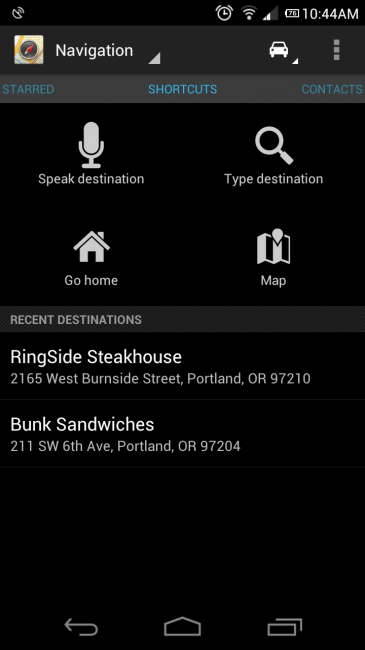
Red Hat today announced that it has crossed the billion-dollar mark in revenue, with $1.13 billion in the fiscal year that ended February 29.
Red Hat is unique in becoming the first vendor of its size to make all or nearly all of its money from building, maintaining, and selling open source software. We examined the company’s long journey in the recent article, “How Red Hat killed its core product—and became a billion-dollar business.” Red Hat’s quarterly earnings announcement today shows that the company did cross a billion, as expected, with $297 million in fourth quarter revenue, up 21 percent over the previous year’s fourth quarter.
For the entire 12 months ending Feb. 29, Red Hat pulled in $965.6 million in subscription revenue, and $167.5 million in training and services, for a 25 percent year-over-year improvement. Net income was $35.97 million for the quarter and $146.6 million for the full 12 months. Linux Foundation Executive Director Jim Zemlin praised Red Hat in a blog post today, saying “This achievement will finally put to bed the argument that ‘nobody can make money with open source.'”
Red Hat is most famous for Red Hat Enterprise Linux along with its contributions to the Linux kernel, but the company builds and sells many enterprise software products in addition to its flagship distribution. As we noted in our previous story, the only Red Hat technology that hasn’t been completely released under open source licenses is the OpenShift platform-as-a-service software, which is based largely on the 2010 acquisition of Makara. Red Hat has good news on that front too—the source code for the core technology behind OpenShift will be released on April 30.
from Ars Technica






